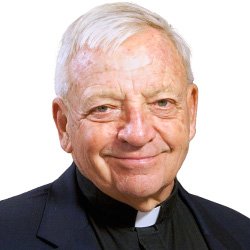
Fr. Raymond F. Collins, S.T.D., is a renowned expert on the New Testament, an award-winning professor, and a visiting scholar in the Department of Religious Studies at Brown University. The former dean of the School of Religious Studies and professor of New Testament at The Catholic University of America, he has also served as a member of the faculty of theology at the Katholieke Universiteit Leuven in Belgium, where he was chair of the Programs in English, long-time editor of Louvain Studies, and rector of the American College. He is a member of the Rome-based Ecumenical Pauline Colloquium. Fr. Collins earned his licentiate and doctoral degrees in sacred theology from the Katholieke Universiteit Leuven.
He is the author and/or editor of twenty books on the New Testament, including An Introduction to the New Testament (1983) and major commentaries on First Corinthians (Sacra Pagina, 1999), 1 & 2 Timothy and Titus (New Testament Library, 2002), and Second Corinthians (Paideia, 2013). An associate editor of The Catholic Biblical Quarterly, Fr. Collins has contributed to The Encyclopedia of Religion, The New Jerome Biblical Commentary, The Encyclopedia of Religion, The Encyclopedia of Catholicism, The Anchor Bible Dictionary, and The New Interpreters’ Dictionary of the Bible. He has written more than two hundred articles for scholarly and pastoral journals in the United States and abroad.
Praise for Raymond Collins
“Fr. Ray Collins is one of the finest New Testament scholars in the English-speaking world. . . . Fr. Collins uses an easy and understandable style.”
– Fr. John Ludwig
“Father Collins’ superb scholarship shines through his accessible, lively and engaging lectures. As a parish director of adult education, I find them extremely helpful. They bring to life the New Testament writings in the context of the early Christian communities, allowing the viewer to better appreciate the relevance of these writings for today.”
– Fátima Lee, Ph.D., Lay Pastoral Associate
“Not only a world class New Testament scholar and a prolific author of over fifteen books and three hundred articles, Fr. Raymond F. Collins is also a dynamic educator who makes complex ideas interesting and accessible to the non-expert. For good reason, he has been invited to conduct seminars, workshops and retreats around the world. If you are interested in solid, sound and erudite Biblical interpretation, look no further.”
– Edward Sirois, Chair, Religious Studies, La Salle Academy

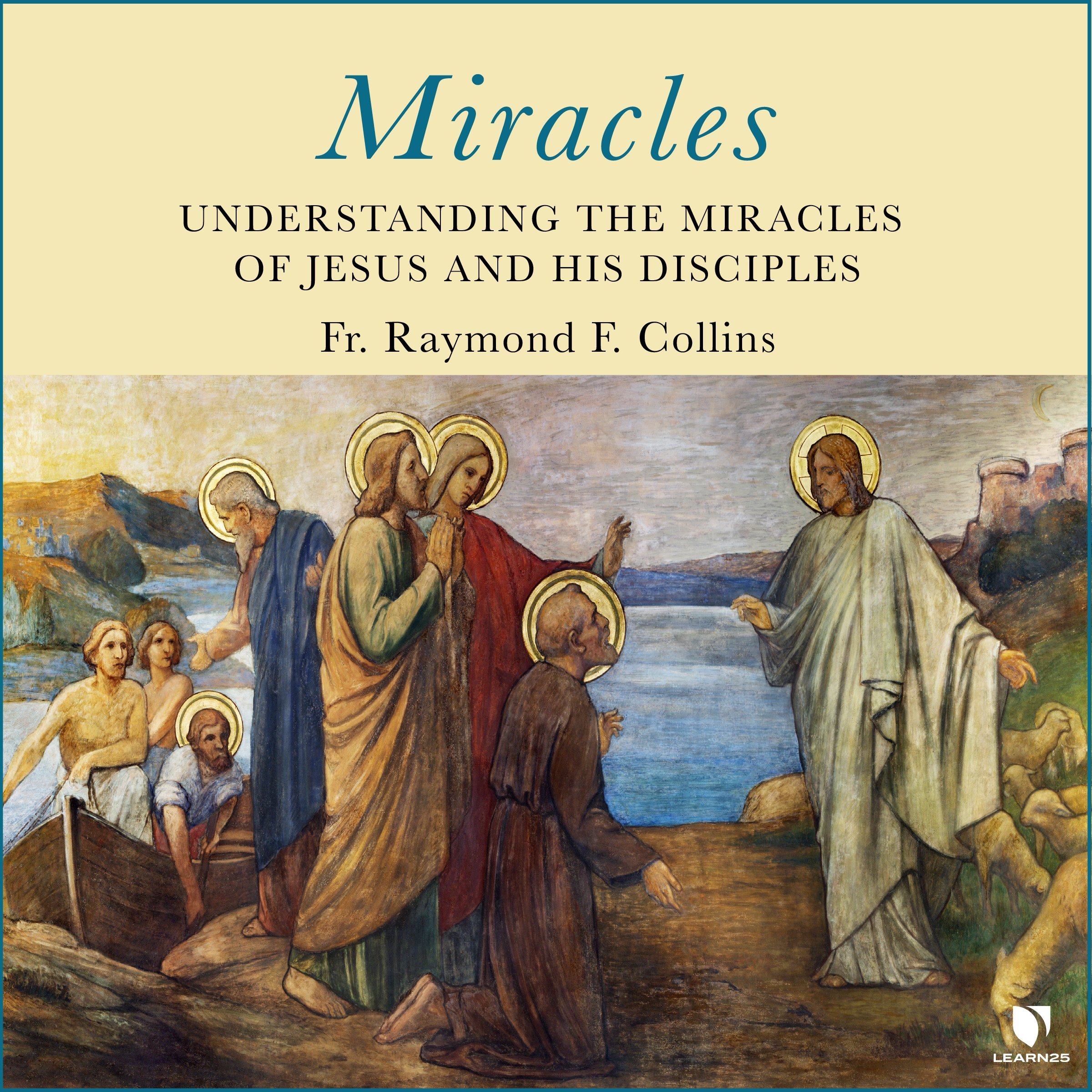

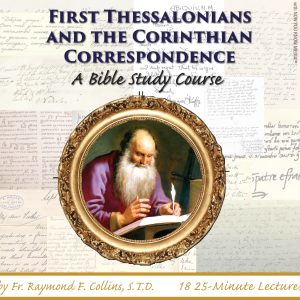
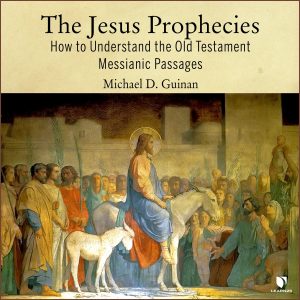
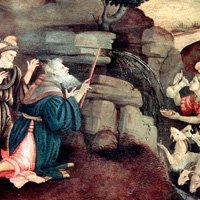
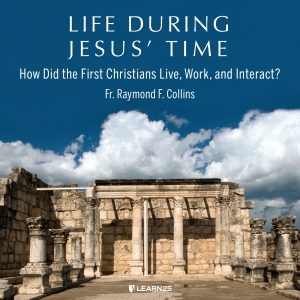
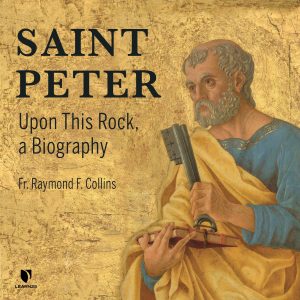
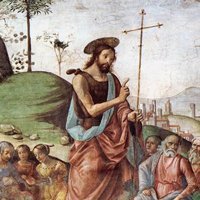


Andrea L. Molinari –
Solid Introductory Course
If you are interested in studying the miracle stories in the New Testament, a good place to begin is with Fr. Raymond F. Collins’ Good News: The Miracle Stories of Jesus and His Disciples, available in both video and audio formats from Now You Know Media.
Collins’ course begins by helping the student gain a sense of cultural context by exploring a rich collection of miracle stories from the ancient world. This collection includes an examination of miracle stories associated with Old Testament figures such as Moses, Elijah and Elisha. However, Collins does not stop there. He proceeds to discuss the various Jewish figures, rabbis (e.g., Chanina ben Dosa) and those whom we would label as exorcists, who were known in Jesus’ day. Further, Collins even notes that public figures like the Emperor Vespasian had miracles attributed to them!
In keeping with the structure of the course, which promises to focus on the miracle stories of Jesus and his disciples, Collins proceeds to survey a host of early Christian miracle stories attributed to various apostles, largely derived from the apocryphal acts of the apostles (ca. 2nd to 4th centuries). While hardly encyclopedic, which would have been impossible given the limitations of the course, Collins gives a good, solid sampling, certainly enough to pique the listener’s interest in this literature.
Throughout this lecture, Collins demonstrates a true enjoyment of the stories he shares. His sense of irony and, when appropriate, the humorous qualities of some of these stories is truly infectious and serves to motivate the student to delve ever deeper into this course.
Lecture 2 opens the discussion of what a miracle is and notes by way of proof of this assertion that the index to The Catechism of the Catholic Church does not have an entry for “miracle,” even though it does have entries for “exorcisms” and “healings as signs of Jesus’ divinity.” Collins’ solution to this problem, like many New Testament scholars before him is to rely on the insights of Form Criticism.
This type of scriptural analysis was made famous in New Testament research by scholars like Martin Dibelius and Rudolf Bultmann. Form critics believe that as the stories about Jesus were circulated, they were shaped into forms according to principles of oral communication — miracle stories, parables, etc. As these stories were told and retold they took on additional details and emphases, and new stories were created to meet the ongoing needs of the believing community. The intent of the form critic was to find the Sitz im Leben, the “situation in life” where such oral forms originated and developed. Although some of the earliest oral units were thought to go back to Jesus himself, many of the traditional forms were created and shaped by the community itself. The evangelists were viewed by the form critics primarily as collectors or editors of these traditional units.
Collins draws on this type of analysis when he describes the three-part literary form of a miracle story (i.e., The Difficulty; The Resolution; and The Proof of the miracle) and his explanation of the four kinds of miracle stories in the New Testament (i.e., Exorcism; Healings; Resuscitations; and Nature Miracles).
Having established the formal components of a miracle story, Collins proceeds to demonstrate how this structure can be applied to Gospel stories in Lecture 3. He accomplishes this by focusing his attention on Mark 1, which includes a sequence of miraculous actions of Jesus which are said to take place in a single day. Collins applies his three-part form of a miracle story to the story of Jesus’ exorcism of a demoniac in the Capernaum synagogue (Mark 1:23-28) and Jesus’ healing of Simon’s mother-in-law (Mark 1:29-31). This lecture is helpful in that it begins to demonstrate to the student how New Testament scholars analyze miracle stories.
This leads to the next three lectures (Lectures 4, 5, and 6) which cover miracle stories in Mark, Matthew and Luke respectively. These lectures begin to acquaint the student with some of the ways that each gospel writer adapts the stories to their own theological purposes. However, as one would expect from the fact that each gospel writer’s use of miracles is being summarized in about 25 minutes, these lectures can scarcely do more than suggest areas for further exploration (e.g., Matthew’s special collection of miracles related to Peter and Luke’s use of Isaiah’s prophecies [namely Isa 61:1-2; 58:6] to characterize Jesus’ ministry in Luke 4:18-19 and its subsequent fulfillment throughout the rest of Luke’s gospel).
The next three lectures (Lectures 7, 8, and 9) are a definite strength in this series. This is hardly surprising given Collins’ extensive and highly-respected background in Johannine research, teaching, and scholarly publication.
The first (Lecture 7) begins by discussing John’s preferred use of the Greek word sēmeia, “signs” for actions we would call miracles. Collins’ specialization in John shines through as he does a fine job of summarizing key aspects of scholarly inquiry into Johannine signs. Collins notes that signs were intended to evoke faith (e.g., John 2:11; 20:31) but that this was not always the result (John 12:37). Collins explains that there are seven major Johannine signs (along with summary statements that allude to the existence of many others; see John 20:30-31). He states that of these seven major signs, three of these replicate stories found in the Synoptic Gospels and four do not. Collins repeats the question asked by many New Testament scholars (and answered by many in the affirmative): Was there a pre-existent “Signs Source” that was used by the evangelist? (Honestly, the idea that early Christians collected different types of traditions about Jesus is not radical or surprising. If one reads Matthew’s Gospel, it is very clear that Matthew GROUPS/ COLLECTS various types of tradition such as miracles [Matt 8-9], parables [Matt 13] and speech materials [e.g., Matt 5-7]).
Collins follows this introductory lecture on Johannine signs with two lectures that discuss the first sign, the Water Become Wine (John 2:1-11) and the only sign that appears in all four canonical gospels, the Feeding of the Five Thousand (John 6:1-15). These two lectures, because they focus on individual signs, allow the student the chance to see Collins engage in a more detailed analysis and Collins does not disappoint.
With Lecture 10, the course returns to a discussion of miracles attributed to the apostles, a topic last broached in Lecture 1 with its brief survey of early Christian miracle stories taken from the various apocryphal acts of the apostles. Here Collins takes a direction that is surprising in that he begins his examination by focusing on summary statements in the gospels that refer to the apostles’ miracle working charge, part of a general commissioning by Jesus, and the subsequent results of their missionary activity as described in these short gospel passages. From this, Collins then examines several passages in the Acts of the Apostles that describe the apostles miracles, with a special focus on Peter’s activity.
Lecture 11’s focus is on Paul’s miracles and begins with several key passages from the second half of the Acts of the Apostles. These miracles in Acts are quite dramatic and include the use of objects touched by Paul and then sent to those who need healing (Acts 19:11-12), the resurrection of a boy who fell to his death (Acts 20:7-12), and Paul’ ability to endure a viper bite and cure various sick people while he was shipwrecked on the island of Malta (Acts 28:1-9). Collins makes the interesting point that, while Acts presents Paul as openly and boldly working miracles, Paul’s own writings are more subdued in their discussion of such things. Instead, Collins notes how Paul, despite acknowledging his ability to prophecy and work miracles (1 Cor 13:2-3), seems unwilling to go into any sustained description of these activities.
Lecture 12 brings the series to a close by exploring several major areas of theological consideration including miracles and faith, miracles and their relationship to the Kingdom of God and the Christological dimension of miracles.
On the whole, Collins’ work represents a good, solid introduction to the topic of the miracles of Jesus and the apostles. However, it is best suited for beginners as its brevity greatly inhibits its ability to achieve depth.